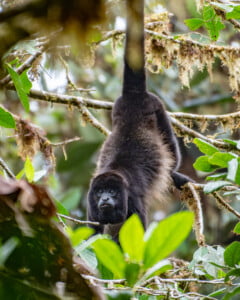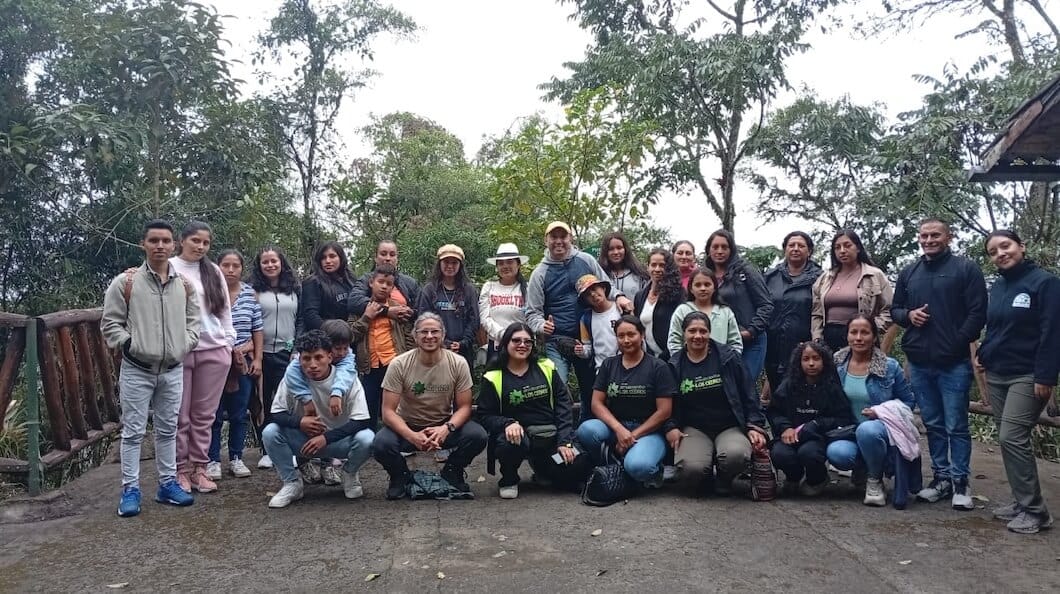by Monserratte Vásquez
Share

On October 14, one of the most important bird watching events in the world took place, the “October Big Day”, we participated together with young inhabitants of the communities surrounding the Los Cedros Protective Forest, who are part of the Forest Ranger course, as well as fans of this important practice.
From 5:00 am until sunset, we traveled several routes within the Forest, where we not only marveled at the colors, songs and flights of the birds, but it was also a great opportunity to observe many other incredible species that coexist in the forest. cloudy like families of howler monkey (Alouata palliata), squirrels, frogs and countless orchids.
As night fell and after counting, we learned that we managed to record a total of 140 species of birds. Among our sightings we found incredible and valuable species for the ecosystems of Chocó, such as the Andean Piquilaminate Toucan, Ocellated Tapaculo, Beautiful Magpie and Red-faced Tanager.


Fotos cortesía: Eduardo Obando
Related post
Within the framework of the Project “Preparing Civil Society for the Co-Management and conservation of the Los Cedros Protected Forest – KBA ECU 14” financed by the Critical Ecosystem Partnership Fund (CEPF), we held the introductory workshop on the Birds of the BPLC (KBA ECU14) and of Ecuador in March as part of the forest […]
Twenty community members from the Valle de Los Manduriacos, who are training to be forest rangers, participated in the territory and participatory mapping workshop held in March. The workshop consisted of two phases: the first focused on political mapping, led by José Cueva, a member of the CIPBAT team, and the second on social mapping […]
Representatives from the Los Cedros Forest communities visited Yunguilla to learn about sustainable development, organization, and collective hope. Author Jose Cueva
In February, the second phase of the Community Forest Ranger Training Program began, with 10 young adults from last year’s program joined by 10 new young adults from the communities surrounding the Los Cedros Protected Forest, including Brillasol, Magdalena Alto, Chontal, Magdalena Bajo, Pueblo Unido, Paraíso, Río Verde, Villaflora, and Cielo Verde. Each council received […]











